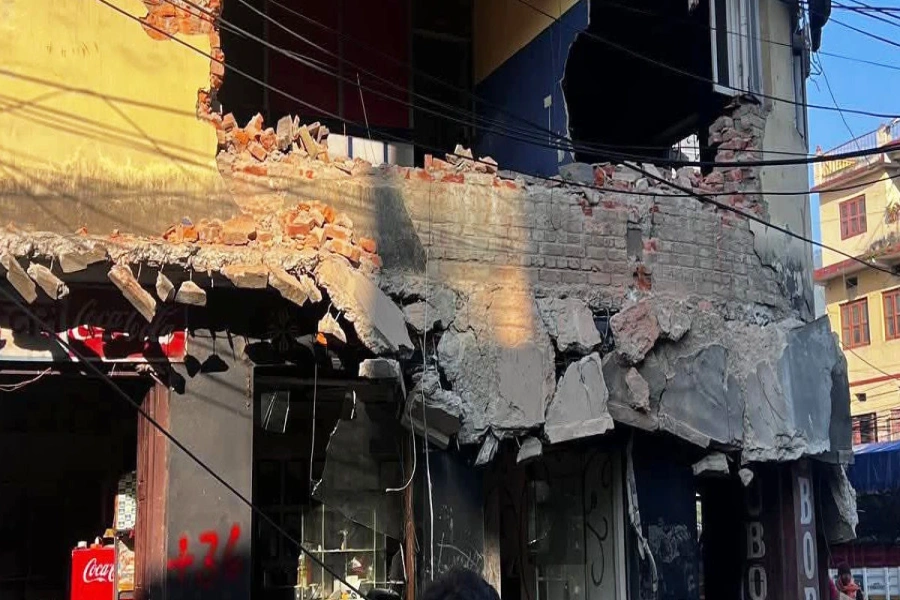An earthquake much more powerful and damaging than last year’s 7.8 magnitude quake could rock Kathmandu and the Himalayan Frontal Fault, scientists have warned.
Scientists conducted field research and analysis in the year following the 2015 Gorkha earthquake in Nepal, which killed 9,000 people and destroyed 600,000 structures throughout the region.
Steve Wesnousky from the University of Nevada in the US has been studying the Himalayan Frontal Fault for 20 years.
“We conducted a number of paleoearthquake studies in the vicinity of Kathmandu in the past year, digging trenches and studying soils and faultlines looking back over the past 2,000 years,” said Wesnousky.
Post-2015 earthquake reshapes Nepal's construction industry

“Coupled with the historical record, it is apparent the faults are capable of earthquakes far greater than the Gorkha earthquake,” he said.
Last year’s earthquake and aftershocks could be viewed as a warning of a more powerful earthquake that could rock the region with even more devastating effects.
The team’s observations shows the Tribeni site is probably approaching or is in the later stages of strain accumulation before a large earthquake, which could produce 15- to 30-foot high fractures in the earth.
“Our observations suggest that this section of the Himalayan Frontal Thrust fault, extending about 200 kilometers from Tribeni to Bagmati, may rupture simultaneously, and the next great earthquake near Kathmandu may rupture an area significantly greater than in the Gorkha earthquake,” Wesnousky said.
“It is prudent to consider that the fault near Kathmandu is in the later stages of a strain accumulation cycle prior to a great thrust earthquake, much greater than occurred in 2015. In these regards, the 2015 Gorkha earthquake did not diminish the current level of seismic hazard in Kathmandu,” he said.
The team visited the Kathmandu region several times for hands-on study of the faultlines. They dug two deep trenches near the mouths of major rivers at Tribeni and Bagmati.
They examined structural, stratigraphic (layers of rocks and soils) and radiocarbon relationships in trenches across the fault where it has produced steep banks in soil deposited by the rivers.
In these trenches is evidence that earthquake displacement along this part of the Himalayan Frontal Thrust has produced surface ruptures resulting in a scarp, a steep bank, of at least five metres or 15 feet vertical separation sometime between the years 1221 and 1262 in Tribeni, located about 200 kilometers south of Kathmandu.
At the Bagmati site, the vertical separation across the scarp registers about 10 metres, or 30 feet and possibly greater, and was formed between 1031 and 1321 AD.
The study was published in the journal Earth and Planetary Science Letters.







































